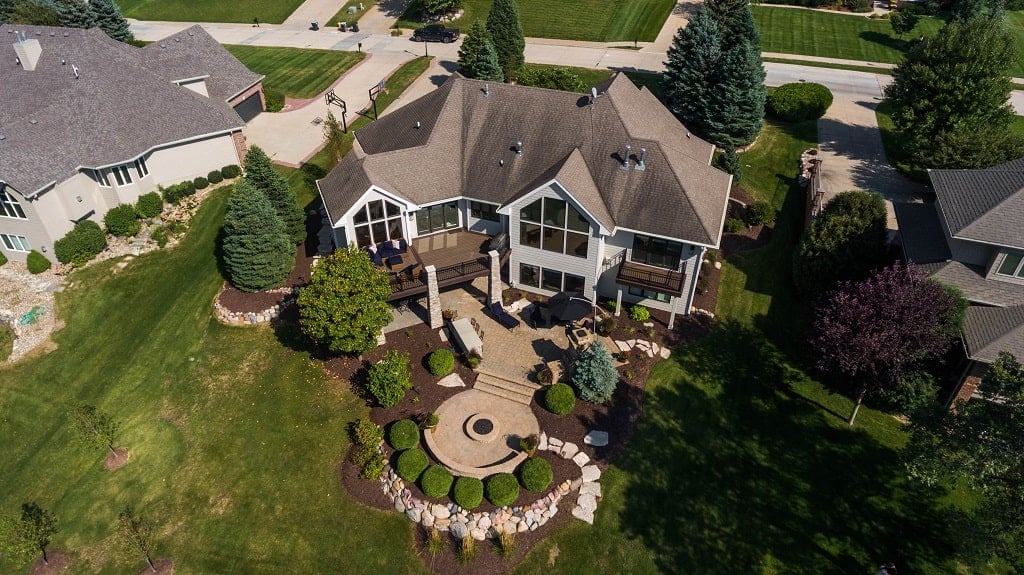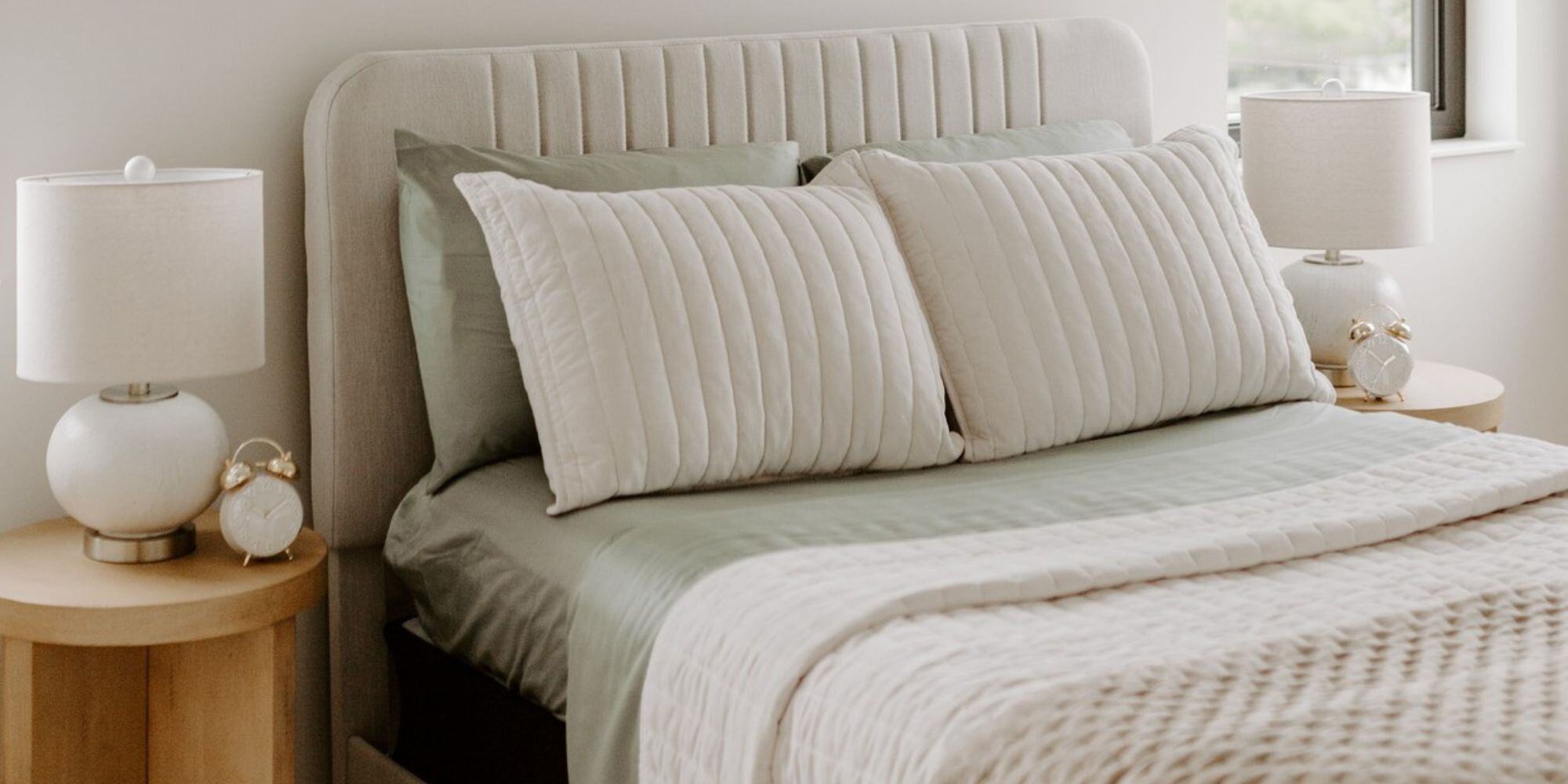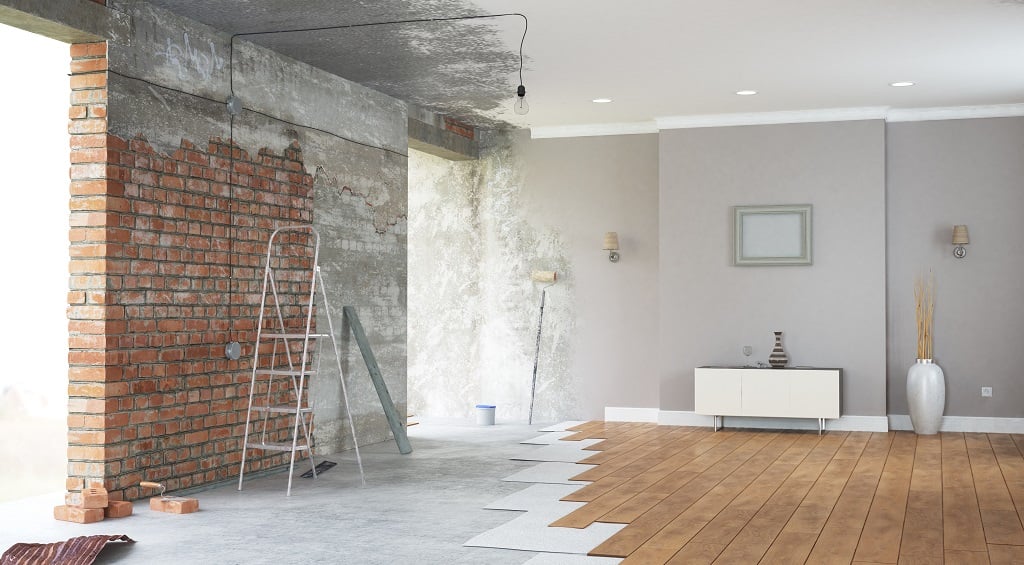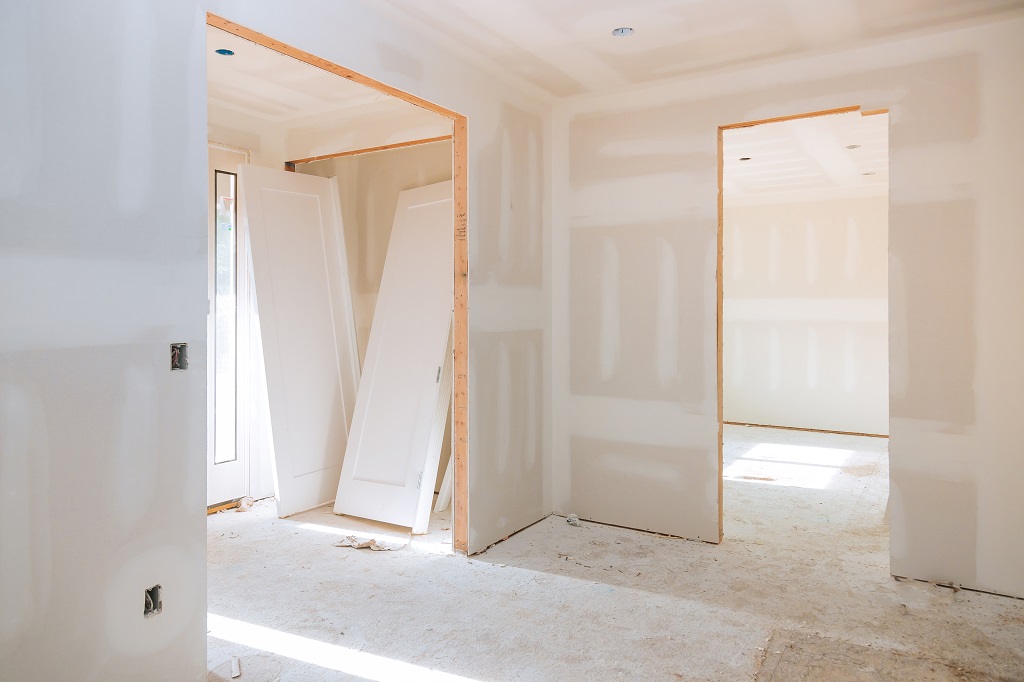
- Zenith Design + Build
- Des Moines Home Remodeling & Design Blog
- How to Plan for Your Home Remodel [What to Do & What to Expect]
How to Plan for Your Home Remodel [What to Do & What to Expect]
-
Nicholas Donlin
-
June 13 2023
There are many moving parts to planning a home renovation. It requires creativity, administration, and patience. Knowing what things to expect with your remodel and how to embark on the process can help you feel a little more at ease about this exciting and sometimes overwhelming process.
As a leading remodeler and custom home builder in Des Moines, we have brought many happy owners’ dreams to life through functional and beautiful design. If you’re considering remodeling your home, we invite you to contact Zenith Design + Build to chat about your project. We’re always delighted to provide advice for you to make informed decisions based on a realistic budget and design options. Meanwhile, here’s our guide on how best to plan for your home remodel.
9 Things to Do When Planning a Remodeling Project
From developing the scope of your renovation to budgeting and hiring the appropriate team, here are the most important steps you should cover when planning a remodeling project.
1. Make a Thoroughly Detailed Home Remodel Project Plan
Wondering how to start a home renovation? With plans, of course! Regardless of the scale, planning a remodeling project requires having clear, actionable goals. Most homeowners hire companies like Zenith Design + Build to execute their renovations because they have the skill and expertise needed to ensure the project is of high quality and complies with construction law.
A thoroughly detailed home remodel project plan should include:
- A list of needs and wants for your project
- A list of project steps delegated to contractors and those that are DIY
- A blueprint of your finished product design from your contractor
Before planning a home remodel, it’s worthwhile investigating what your neighborhood’s local zoning laws are. Not only will you need a permit, but in some suburbs, garage additions or conversions aren’t allowed. For example, in Des Moines, you have to have a building permit for any projects that require plumbing to be rerouted.
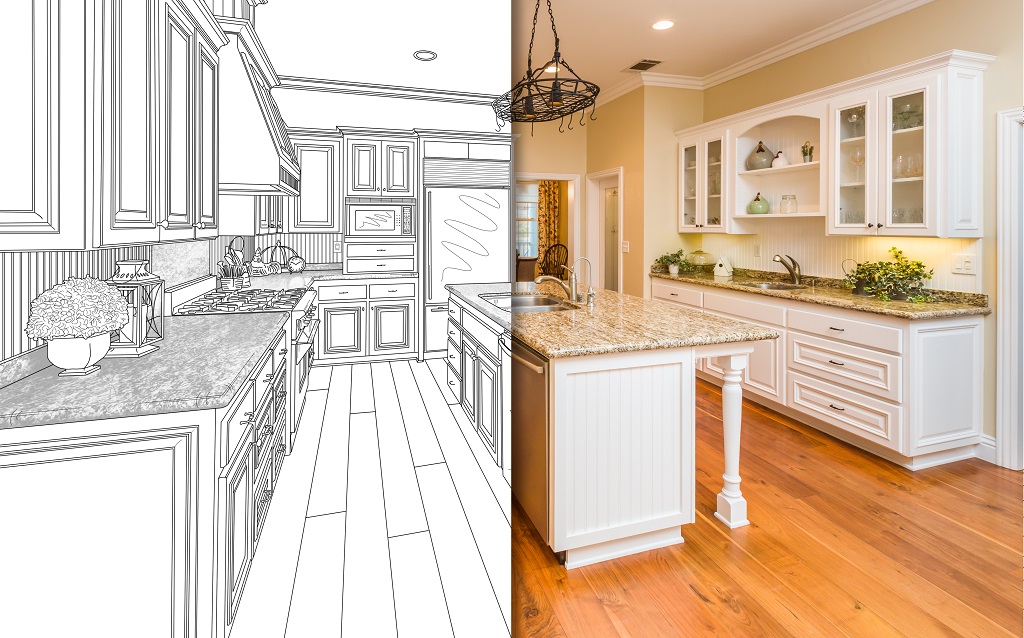
2. Make a Master List
The most important reason for creating a master checklist is to make things more manageable and help you feel grounded. Whether for administrative tasks like covering furniture or making provisions to keep the pets out of harm’s way, it’s reassuring to know you need only to refer to one place. Seeing a clear outline of your completed and uncompleted tasks will help you feel organized and stay mentally focussed.
3. Create Project Budget and Track Your Expenses
When planning a home remodel, be realistic about what you can afford. Part of budgeting entails setting aside some cash for unexpected expenses. Anticipating between 5%-10% is a good ballpark, while 20% remains ideal.
Try sticking to your budget as much as possible. Once you have made your plans and agreed on a budget with your contractor, try not to stray too far from it. It’s easy to get carried away buying small things, so talk to your builder in advance to determine if adding extra room in the budget for unforeseen purchases will be the right choice for you.
4. Consult the Calendar
As expert remodelers and custom home builders, the most frequent remodel advice we give customers is to allocate a few weeks to a month of wiggle room after the expected completion date. Naturally, a good contractor will work as expeditiously as possible; however, there are sometimes delays related to supply chain logistics, supplier stock, and permits that are beyond their control, which can push the project timeline out.
5. Hire the Right Team
Unless you are a professional contractor, you will likely need to subcontract parts, if not all, of the renovating plans. Spending time interviewing different companies gives you an idea of what budget you need and whether they’re a good fit to bring your vision to life.
When selecting a team, make sure they are easy to contact, understand your needs, and have a reliable track record. You should also consider looking into the following qualifications to ensure they are financially accountable:
- License
- Insurance certificates
- Lien history
- Bond number
Always hire a fully bonded and insured company to safeguard against liability costs and ensure the job will be completed within the estimated budget. At Zenith Design + Build, we are insured and have no issue going through the fine print with our customers, so they’re assured of our dedication towards superior craftsmanship and professionalism.
A word of caution: Just because a company claims to be bonded and insured doesn’t mean they are. Any company that drags its feet when asked to provide up-to-date copies of its policies should siren alarm bells. If you do get copies, make sure to confirm they are up-to-date. If necessary, you can call their insurance and bond providers to confirm.

6. Build the Timeline
Once you and your contractor have a budget in place, you should create a timeline with them. Because each remodel is unique, it’s difficult to predict an exact time, although most substantial renovations take at least six months from an initial consultation.
Bear in mind that planning a home remodel also entails time spent confirming design options, which can take at least a month. At Zenith Design + Build, we have the knowledge and expertise to sit down with you and explain how long each portion of your remodel will take, providing you with a detailed timeline that allows for each step of the process, including unforeseen delays. This is especially useful if you’re planning to stay in your home and need to plan to live in a separate area of your house.
Additionally, you’ll probably want to include time for:
- Cleaning/tidying before and after. You may have to shuffle furniture and belongings around the house during the renovation.
- The shipping and delivery of materials.
- Any holidays your contractors might take off.
Whatever completion dates you set, be sure to include a few days of leeway. Always confirm with your contractor what timeline is realistic, so you don’t have false expectations of how much time a certain project area requires.
7. Keep Your Receipts
When working with your budget, you’ll want to keep your receipts throughout the remodeling process. Keep in mind that a skilled and experienced contractor like Zenith Design + Build will do this for you — accurately and efficiently handling all receipts and returns on your behalf.
Keeping receipts is valuable for three reasons:
- If materials bought are not being used, they can be returned. Receipts are the best way to keep track of expenses.
- Remodeling can add value to your home. If you decide to resell it, you can deduct the remodel expenses from the profit of your sale, which can save a significant sum of taxes.
8. Plan for Outages
One of the things to expect with your remodel is power and water outages, especially if it requires wiring electricity or installing additional plumbing. It’s best to chat with your contractor in advance so that you can plan around these inconveniences. In some cases, when remodels are substantial, homeowners opt to stay elsewhere to avoid outages.
9. Have a Process For The Remodel
When remodeling a house, there are steps you can follow to ensure your renovation remains organized. Below are some of our home renovations tips, as well as remodel advice:
- Remove items: Move any furniture or items from the area and clean the space. If you have fixed units that can’t be removed, cover them with appropriate plastic, and tape the edges, so no dust gets through. The same goes for windows, entrances, and air vents.
- Repair the exterior: If you’re remodeling the whole house, make sure the exterior is in good shape. Confer with your contractor to ensure the foundation is fixed and windows and doors are functional. This speeds up interior renovations.
- Get your utilities checked: Old plumbing and faulty HVAC systems or lighting should be fixed before tackling any other aspects of remodeling.
- Drywalls: These should always be primed before painting.
- Flooring and baseboards: Some trim and baseboards are better to install before the flooring; for example, you can paint and install baseboards before carpeting, but if you’re installing hard flooring, the baseboards should be installed and painted after the flooring.
- Vanities and Cabinets: Next comes furniture that’s secured in place. When planning cupboards, make sure your contractor is aware of how much storage space you want. Storage makes homes look less cluttered.
- Install countertops: Countertops made from natural stone, for example, can only be installed once the cabinets are secure. On that note, a good contractor will help you select cabinetry that can withstand the weight of whichever countertop you decide upon.
- Wall features: If you have significant wall features that need to be bolted to the wall, like floating shelves or mirrors, it’s best to have them installed before moving in with appliances and furniture.
- Clean: Once appliances and hardware have been installed, you should give the space a thorough clean before bringing in additional furniture and personal belongings.

10. Stay Positive
Remodeling can be disruptive as well as physically and emotionally draining. It’s inevitable that logistics may not go 100% according to plan. Always keep the end goal in mind, and try to plan things with your remodeler so that you can work around inconveniences. For example, if you’re doing a whole house remodel, stagger work on the bedrooms and living areas; otherwise, you won’t have a comfortable space to stay.
9 Things to Expect During a Renovation
Having reasonable expectations can help alleviate stress and frustrations along the way. Knowing what to expect lets you plan and prepare for momentary disruption to your home life. While it might not go quite as you’d planned, what’s most important is that you are happy with the final result, even if it means the odd logistics hiccup or delay. Below are the most things to be aware of when doing a home remodel:
1. A Change in Routine
Your routine will change to accommodate areas you may have restricted access to, contractors coming and going and additional noise. Careful planning can help mitigate some inconveniences. Home renovations are disruptive to kids and pets, or even homeowners if they work from home. You’ll want to arrange a “safe space” in your home if possible for your furry friends to stay, as well as for you and your family to relax in.
2. Noise
Whether it's from sanders or compressors, there will be more noise than usual. Depending on the scale of your renovation, it may be a good idea to find an alternative space to work during the noisiest times. The same goes for kids completing homework. As always, we encourage you to chat with your contractor about the process in detail so that you can plan your life accordingly.
3. Dust
When renovation planning, be sure to get adequate covers or plastic for all furniture and units that can’t be moved. Even with ZipWalls, a fine layer of dust can gather in parts of your home far from construction. For this reason, some homeowners rent storage to keep their furniture dust-free during the process.
Additionally, you should close off the construction area from entrances to the rest of your home, as well as windows and air vents. You’ll want to block HVAC ducts, too—just double-check how to do it properly without affecting your furnace.

4. A Messy Home
From initial demolition to the final painting, remodeling a home is a messy process. While it can be tedious, we encourage you to clean dust and debris the moment you notice it. Your contractors should always clean the site once they’re finished, but dust and dirt will likely infiltrate other areas of your home.
If you intend to stay in your home during the remodel, try to keep your sleeping areas as clean as possible. However, don’t be too alarmed by the mess, as it is part and parcel of the renovation process. If you can’t handle the “chaos,” then consider temporarily staying elsewhere.
5. Delays
Several things may cause a delay in your project’s deadline, such as:
- Contractors taking longer than initially anticipated
- Homeowners requesting last-minute design changes
- Material and order delays
- Weather delays
- Running out of budget
- Permit acquisitions
People get sick, orders take longer than expected, and the weather turns bad. While most experienced contractors factor in potential delays, things don’t always work out perfectly. Some remodeling projects experience no delays, while others need more time to complete. Regardless, at Zenith, we work as fast as we can, but in the case of unexpected delays, we prefer to take the time to do the job correctly and ensure you are 100% happy with the final result.
6. Expect to Go Over Budget
It’s not uncommon to go slightly over budget, which is why we recommend allocating an allowance for this. It’s also a good idea to sign a contract before the remodel kicks off. This ensures the price quoted contains everything you’ve agreed upon; therefore, if a contractor has to add any work, they’ll need your approval first. That being said, you should also ask your contractor to send you a breakdown of expenses so that you can review each line item.
7. Decisions
Other home renovation tips include being prepared to make loads of decisions. How high do you want the showerhead? What kind of countertop finish would you like? Have you thought about the power outlets? How much storage space do you need? Selecting your contractor is one of the key decisions you’ll have to make among many. Remember, communication is key! The more you can tell your contractor from the get-go, the easier the process is.
8. Don’t Assume
When writing out or discussing plans, don’t assume your contractor immediately knows what you want. No matter how picky it seems, it's always good practice to write down every detail, even if it seems insignificant or obvious at the time. Keeping a paper trail also prevents potential disputes over what is or isn’t included in the quote.
For example, different grout colors can completely change the look of your kitchen. Imagine you’ve envisioned gray grout, only to realize your contractor has used white? An experienced contractor should go through these details with you during the planning phase, but even so, send it to them in writing and keep a copy.

9. Avoid Overcapitalizing
Some homeowners build mansions, only to be disappointed when they don't get the selling price they ask for. Experts believe you shouldn’t spend more than 10% of your home’s value on a renovation; however, if you’re planning to stay in it for more than a decade, then this may require overcapitalization in the short term.
When you’re drawing up remodel plans, try to add value to your home with careful planning. Good quality materials, like natural stone countertops, and mid or high-range appliances, like stainless steel, can increase property value. It’s also a great idea to see what houses are selling for in your area that have similar characteristics to your potential remodel, so you know what the resale value of your home could be.
Conclusion
As you can ascertain, remodeling a home is a massive undertaking. We don’t say that to deter you but rather to prepare you for the realities that come with home additions and complete remodels. However, if it’s what you desire, then rest assured, it will be well worth a few months of routine disruption.
If you’re searching for a reputable and innovative remodeler or custom home builder, then why not try Zenith Design + Build? Planning a remodeling project, as well as executing the build, is our specialty! Our expertise and experience ensure a streamlined process with minimal disruptions. We’ve transformed many homes in Des Moines and would love to do yours! Contact us!





